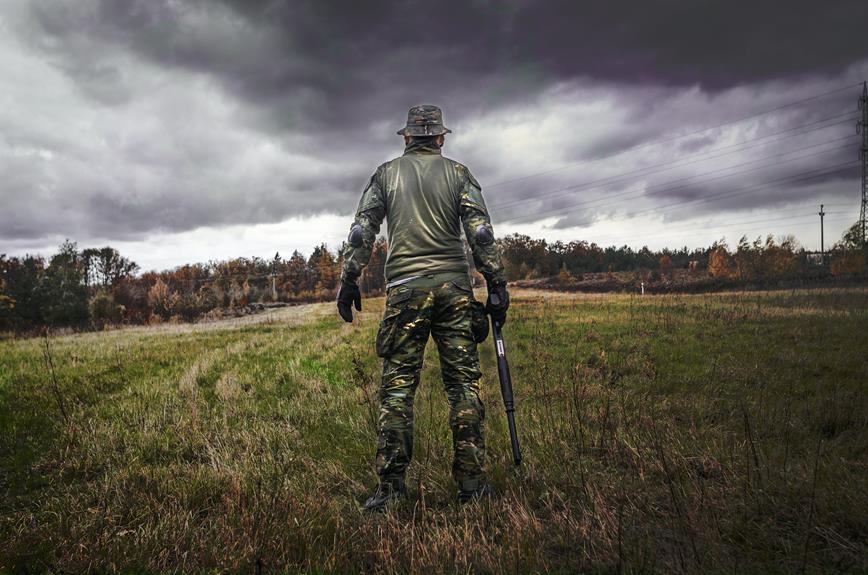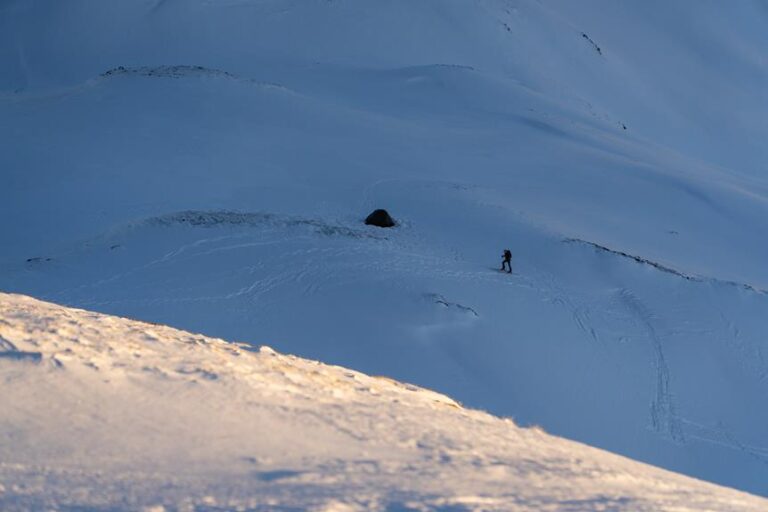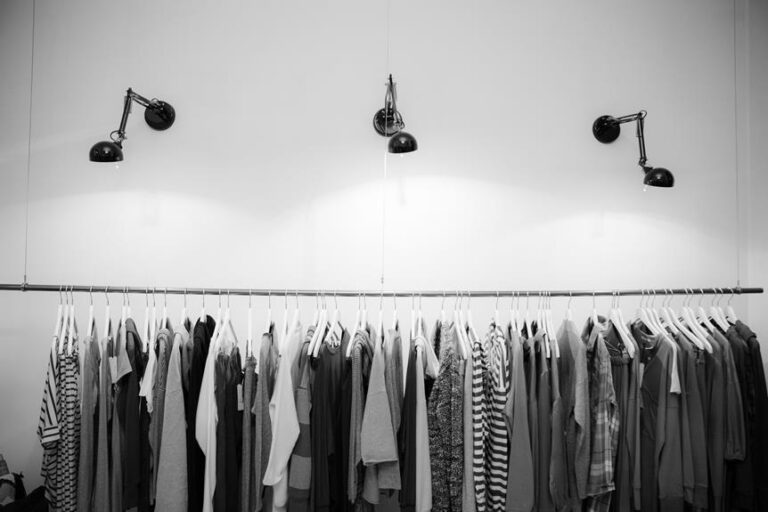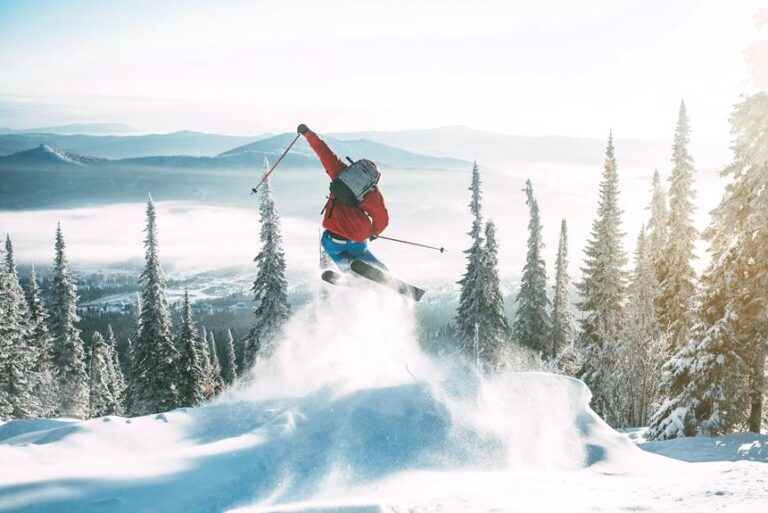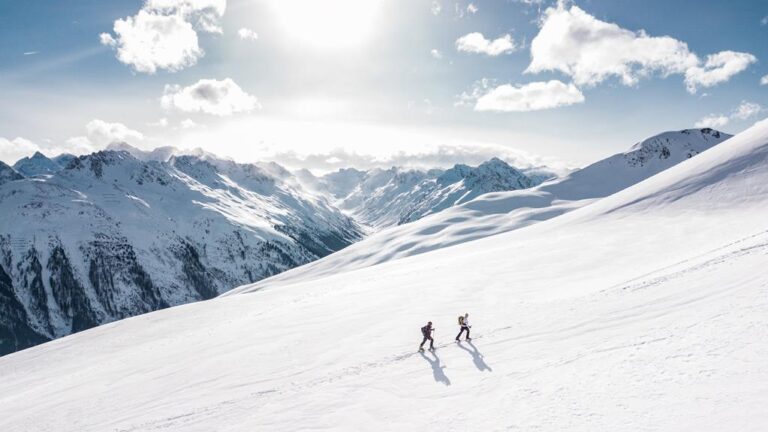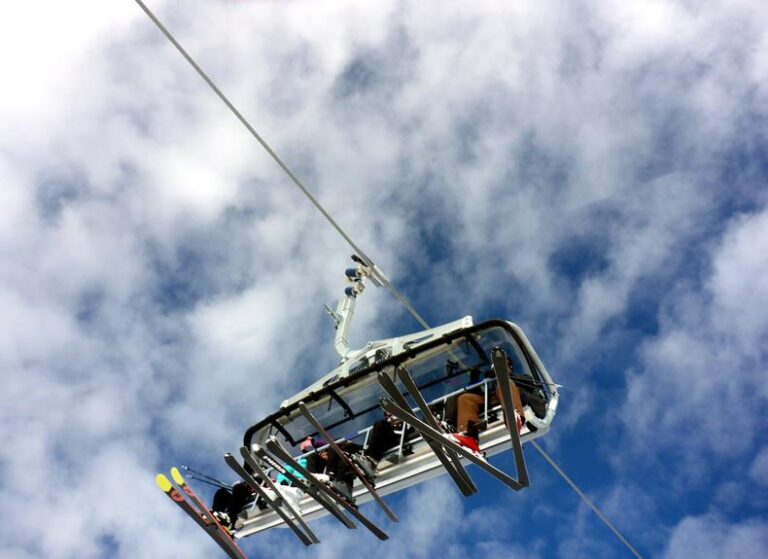What to Wear Underneath Ski Helmet – What You Need to Know!
Are you tired of freezing your head off or feeling like you're suffocating underneath your ski helmet? Well, fear not, because we have the answer to all your headwear woes.
In this discussion, we will explore the various options for what to wear underneath a ski helmet, from balaclavas to skull caps, and everything in between. So, whether you're looking for extra warmth or trying to avoid overheating, we've got you covered.
Stay tuned to find out the best way to keep your head comfortable and protected on the slopes.
Balaclava Vs Skull Cap
When deciding between a balaclava and a skull cap, consider the level of coverage you need for your head, face, and neck.
A balaclava offers full protection, covering your entire head, face, and neck, while a skull cap only covers the top of your head. If you want maximum coverage, especially in harsh weather conditions, a balaclava is your best bet.
On the other hand, if you prefer a more lightweight and breathable option, a skull cap might be more suitable.
When wearing a helmet, it's important to ensure a snug and comfortable fit. Some people find that wearing a thin beanie underneath their helmet helps with comfort and added warmth. In this case, a skull cap can be a good option since it doesn't cover the face and neck, allowing for better helmet fit. However, if you prioritize maximum protection and are willing to sacrifice some helmet fit, a balaclava can still be worn underneath a ski helmet.
Remember to consider the activity intensity and weather conditions when choosing between a balaclava and a skull cap. If you're engaging in high-intensity activities or facing extremely cold and windy conditions, a balaclava will provide better insulation and protection. However, if you're participating in less intense activities or dealing with milder weather, a skull cap can offer sufficient warmth without compromising breathability.
Regardless of your choice, make sure to opt for materials that are moisture-wicking and breathable to prevent sweat build-up and discomfort.
Stay warm and protected while enjoying your skiing adventures!
Hat Options for Under Your Ski Helmet
Consider wearing a thin wool hat or balaclava for additional protection and warmth under your ski helmet, especially in extremely cold conditions. These hat options can provide an extra layer of insulation, keeping you comfortable on the slopes.
Balaclavas and skull liners are lightweight options that won't add much thickness, ensuring a snug fit with your helmet. They cover your head and neck, providing full coverage and extra warmth.
If you prefer a hat with more style, beanies are a popular choice. They offer additional warmth, but keep in mind that they're generally thicker and may affect the fit of your helmet.
Neck gaiters are another option to consider. They can cover your head and neck without interfering with your helmet, providing extra warmth and protection from the elements.
When wearing a hat underneath your helmet, ensure that it fits properly and isn't uncomfortably tight. Avoid pushing the helmet too far back, as this can leave your forehead exposed in case of a crash.
Stay safe and warm by choosing the right hat option for your ski helmet.
Safety Considerations of Wearing a Hat Under Your Ski Helmet
To ensure your safety while wearing a hat under your ski helmet, it's important to avoid pushing the helmet too far back, leaving your forehead exposed in case of a crash.
Safety considerations should be a priority when deciding to wear a hat beneath your ski helmet. When selecting a hat, make sure it fits snugly without compromising the helmet's effectiveness. The hat shouldn't affect the helmet's fit or movement. Removing inner linings to accommodate a hat isn't recommended as it can compromise the helmet's usability and durability.
Additionally, consider hairstyles that keep long hair secure and prevent interference with the helmet fit. Opt for low-hanging styles like braids, buns, or ponytails.
It's also important to take into account the thickness of the hat. A hat that's too thick may affect the helmet's effectiveness in protecting your head.
Avoiding Goggle Gap and Keeping Helmet Padding in Place
To ensure a proper fit and avoid any gaps between your goggles and helmet padding, it's essential that your ski helmet fits snugly and comfortably on your head. A helmet that's too tight can cause discomfort and restrict blood flow, while a loose helmet can compromise your safety. Avoid pushing the helmet too far back, as this can leave your forehead exposed in case of a crash. Instead, make sure the helmet fits low on your head, against your goggles, with no excess space. This will help prevent any gaps that could allow cold air or snow to enter.
When it comes to wearing something under your helmet, it's important to prioritize function over fashion. While it's tempting to wear a hat or another layer for style, keep in mind that the thickness of the hat can affect the helmet's effectiveness. If you choose to wear a hat, opt for a thin, snug-fitting one that won't compromise the helmet's fit.
In terms of hairstyles, choose low-hanging options like braids, buns, or ponytails. These styles will help secure long hair and prevent it from interfering with the helmet's fit.
Hair Management Tips for Wearing a Ski Helmet
Are you wondering how to manage your hair while wearing a ski helmet? Keeping your hair in check is important to ensure a comfortable and secure fit for your helmet. Here are some hair management tips to help you find the perfect hairstyle for wearing a ski helmet:
- Consider low-hanging hairstyles like braids, buns, or ponytails to secure long hair and prevent interference with the helmet fit. These styles keep your hair out of the way and minimize any discomfort.
- Avoid wearing your hair down without tying it back. Loose hair can whip into your face while skiing, obstructing your vision and affecting your performance.
- Updos may affect the helmet's fit, so it's best to avoid them when wearing a ski helmet. The extra volume and height of an updo can interfere with the helmet's adjustability and compromise its effectiveness.
- Prioritize trying on ski helmets with your chosen hairstyle. This way, you can ensure a proper fit and adjustability, allowing you to find the most comfortable helmet to wear.
- Remember that hair styling choices are important for both women and men with long hair. By keeping your hair secured and out of the way, you can focus on enjoying your skiing experience without any distractions.
Frequently Asked Questions
Do You Wear Anything Under Ski Helmet?
Yes, you should wear something under your ski helmet for sweat management, added warmth, and ear protection. Consider using helmet liners or thin hats that fit well without compromising the helmet's safety.
How Do I Keep My Hair Nice Under My Ski Helmet?
To keep your hair nice under your ski helmet, try low-hanging hairstyles like braids or buns. They'll secure your hair and prevent it from interfering with the helmet fit, ensuring both style and safety.
Should I Wear a Hat Under My Helmet?
You should consider wearing a hat under your ski helmet for extra warmth and ear protection. However, there are alternative options like balaclavas or neck gaiters that can also keep your hair warm.
Can You Wear Glasses Under Ski Helmet?
Yes, you can wear glasses under your ski helmet. Some helmets have a goggle groove that fits glasses securely. To prevent fogging, use anti-fog wipes or sprays. Consider adjustable helmet straps for a comfortable fit.
Conclusion
In conclusion, what you choose to wear underneath your ski helmet is a matter of personal preference and the weather conditions. Whether you opt for a balaclava, skull cap, or nothing at all, make sure the helmet fits properly and isn't uncomfortably tight.
Consider safety and avoid the goggle gap while keeping the helmet padding in place.
Lastly, manage your hair to ensure a comfortable and enjoyable skiing experience.
